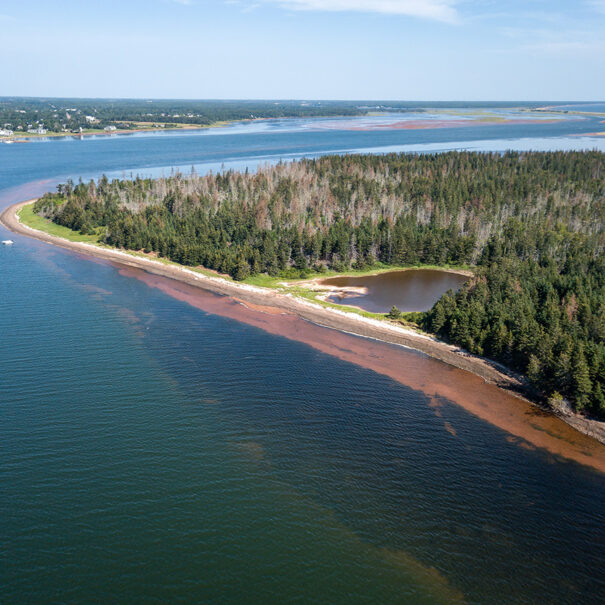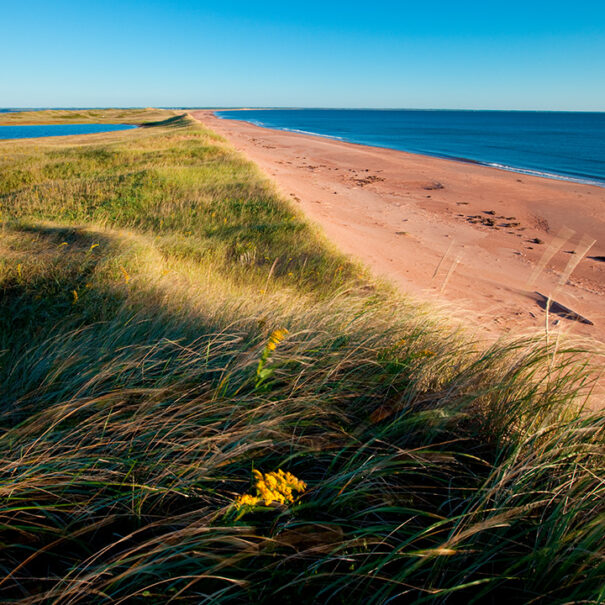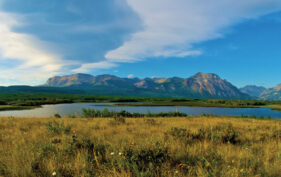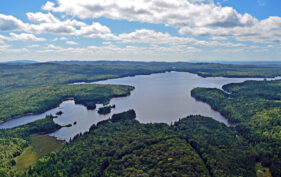East Coast
NCC is working to protect habitat for several species at risk that depend on this landscape for survival, including Newfoundland pine marten and piping plover.
Gift details
Digital download includes:
- Digital species booklet
- Digital full-colour certificate
- Informational video
Physical package includes:
- 2026 NCC calendar
- Species booklet
- Full-colour certificate
Need to ship to multiple addresses? Visit the FAQ page for more information.
Your Gift in Action
Your gift will conserve critical habitats and ensure a future for species at risk. It will also build healthier, more resilient ecosystems that provide essential benefits and services to people and their communities, while countering the effects of climate change and biodiversity loss.
Since 1962, NCC has brought Canadians together to conserve and restore more than 15 million hectares, coast to coast to coast. But we must do more faster and accelerate the pace of conservation. Every gift and donation counts.
East Coast
Canada’s East Coast is unique thanks to its Wabanaki (Acadian) forests of sugar maple, American beech, yellow birch and red spruce. It also boasts rich coastal habitats, including estuaries and salt marshes, open rocky barrens, bogs, islands and eel-grass beds. The area’s marine habitats are renowned for their abundance of seabirds, marine mammals and fish.
Small lakes and wetlands are common in this region, and boreal forests can be found in Newfoundland and Labrador. The Chignecto Isthmus connecting Nova Scotia to New Brunswick is an important wildlife corridor.
The East Coast is a rich ecosystem with one of the most productive marine systems in the world. Each year, millions of shorebirds migrate there to nest, including several that are at-risk. Large mammals include white-tailed deer, black bear, moose and, on Newfoundland and Labrador, woodland caribou.
Threats include resource industries like mining and forestry, and less than one per cent of original old forest remains here today. Agriculture, roads, dams and other barriers threaten to isolate species here, while native species are under stress from invasive animals, plants and tree diseases. Increased storm intensities and changing habitat conditions are placing coastal areas and migrating shorebirds increasingly at risk.
By symbolically adopting East Coast habitat, you are protecting habitat for several species at risk that depend on this landscape for survival, including Newfoundland pine marten and piping plover.
Photo 1: Kwesawe’k (Oultons Island), PEI; Photo by Stephen DesRoches. Photo 2: Conway Sandhills, PEI; Photo by John Sylvester. Photo 3: Codroy Valley, NL; Photo by NCC. Photo 4: Kwesawe’k (Oultons Island), PEI; photo by Stephen DesRoches










